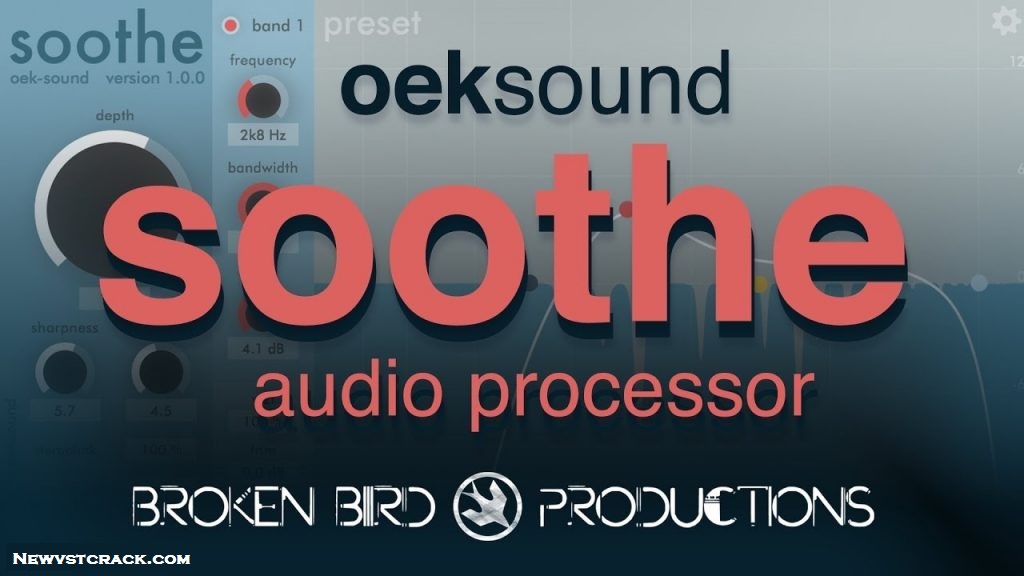

The EQ band controls have been moved to the bottom of the spectrogram display from the left side panel, which is now home to soothe2’s new Attack and Release controls. Dynamic EQ mode allows you to create frequency nodes which respond dynamically to the input level of a signal, so that more attenuation is applied as the input signal gets louder. The two biggest developments are the inclusion of ‘External Spectrum Visualization’ and ‘Dynamic EQ’ mode. Even so, if you understand why you need this sort of plug-in, then you won't be confused by how it works. X Dynamic EQ is a serious and complex plug-in, and Boom! seems to have been included as a bit of light relief. Brainworx Boom! and BX Dynamic EQ (opens in new tab).It’s a welcome retraction of what now feels like a needlessly arbitrary limitation of the previous version. Whereas, previously, processing was focused on the mids and highs, soothe2 works its magic all the way down to 20Hz, doing away with rumble and sub bass overload as brilliantly as it does sibilance and excessive brightness at the other end of the spectrum. It’s also worth noting that it installs as a separate plugin, so projects using the original soothe won’t be affected by the upgrade, for better or worse.įor many users, the headlines with soothe2 will be its extended processing range, and the improvements made to the EQ controls.

More importantly, latency has also been reduced by 50% – good news. Not only has an extra band been added, for a total of two filters (low- and high-pass) and four parametric bands, but the filters now come with 6, 12, 24 and 48dB roll-off options

Soothe2 also quietly embarrasses its predecessor in the EQ department. We can’t say we see any great difference in the former (the CPU hit is still reassuringly low), but the graphics do indeed seem noticeably smoother and more responsive. Soothe2 marks a complete rewrite of the plugin from the ground up, so as well as the new features and improvements, which we’ll get to momentarily, it now also claims less system overhead and faster UI rendering. The big Depth knob, meanwhile, increases and decreases the size of the notches globally, and the Delta button switches to monitoring of the difference between the wet and dry signals – ie, the resonances being attenuated – with the spectrogram inverting to visualise them. Soothe2 marks a complete rewrite of the plugin, claiming less system overhead and faster UI rendering The process is beautifully visualised in the spectrogram display, and the precision of the individual notches can be tightened or widened with the Sharpness knob, while the ‘rigour’ of the overall response – how choosy the detection algorithm is, loosely speaking – is governed by the Selectivity control.


 0 kommentar(er)
0 kommentar(er)
